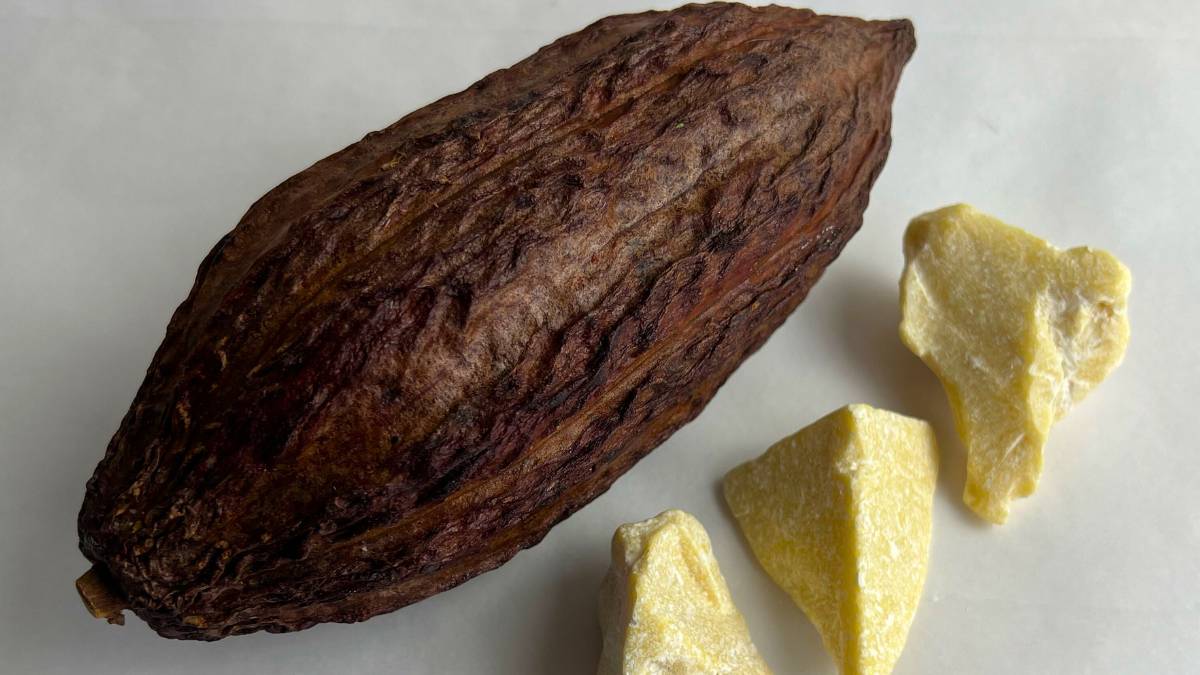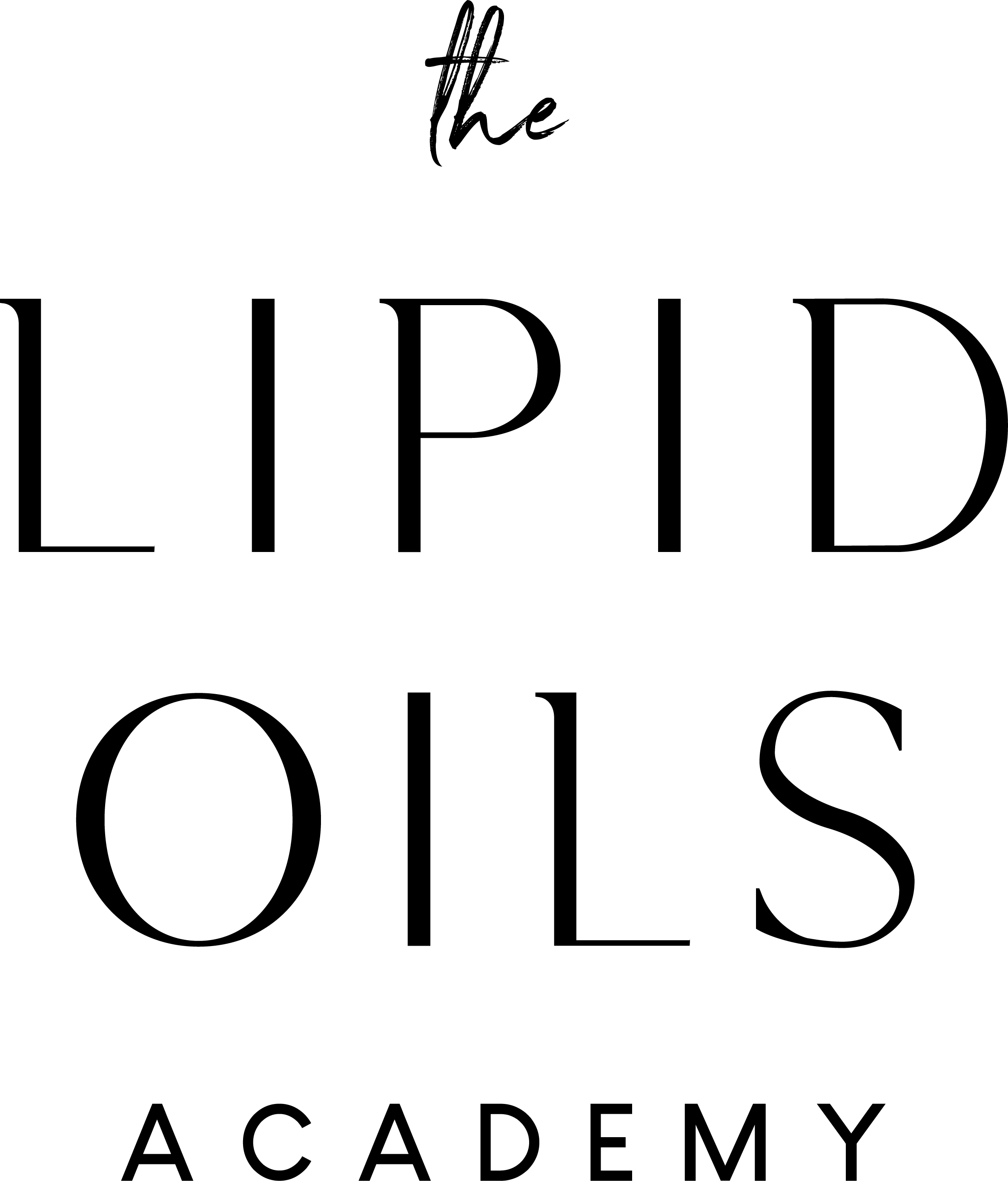Pseudo butters come to market in two ways, which I will describe here.
Method 1: Combining with saturated butters
Not all oils have enough saturated fatty acids in them to make a solid form naturally.
In order to make a desirable sounding butter, rosehip seed oil is added to a common butter-like palm oil, or a hydrogenated soybean oil and then sold as rose hip butter.
Method 2: Hydrogenating the liquid oil
Another type of pseudo butter is to hydrogenate an oil like avocado to create a solid form by changing the fatty acids from unsaturated to saturated. This is the same process as making margarine.
Pseudo butters I have seen include:
Avocado butter
Green tea butter
Rose hip butter
Almond butter
Hemp butter
Macadamia butter
Olive butter
Aloe butter
In contrast, the true butters are naturally high in saturated fatty acids which gives us a creamy or solid consistency at room temperature.
Examples of true butters are:
Shea butter
Cocoa butter
Mango butter
Cupuaçu butter
Illipe butter
Ucuuba butter
Kpangnan butter
Mowrah butter

Understanding your materials is important when formulating skincare, and while the pseudo butters are fine to use topically on the skin, knowledge of their composition is valuable.
So how do you determine if a butter is natural or not?
This is where INCI is so valuable.
Using INCI to Evaluate Ingredients
INCI is an international naming system to standardize the names of cosmetic ingredients and it stands for International Nomenclature of Cosmetic Ingredients, INCI.
A natural butter will include the botanical name of the plant the seeds were pressed from.
Theobroma cacao (Cocoa) Butter
Mangifera indica (Mango) Butter
Theobroma grandiflorum (Cupuaçu) Butter
These are the true butters.
A pseudo butter will have a more complicated INCI
Here’s an avocado butter INCI:
Persea Gratissima Oil; Hydrogenated Vegetable Oil; Butyrospermum Parkii Butter; Tocopherol.
Or, coffee butter:
Hydrogenated Vegetable Oil (and) Prunus Amygdalus Dulcis (Sweet Almond) Oil (and) Coffea Arabica (Coffee) Seed Oil
One glance at the INCI and you know exactly what you are working with.
Knowledge of your raw materials is invaluable.
Have you worked with either true butters or pseudo butters?
Leave a question or a comment below

Wonderful information!
It’s very helpful. Thanks susane
True butter such as Shea, the INCI name for Shea butter is, Butyrospermum Parkii Butter. But, you have it as a pseudo INCI butter. Why?
Hi Karen. It is complicated but read it again, the shea is just a part of the avocado butter to make it a solid butter, and so part of the INCI. And yes you are right shea is a natural butter.